A project is only truly finished when every nail is swept up, every sticker peeled from new glass, and every air vent cleared of microscopic drywall dust. A methodical post-construction cleaning checklist transforms raw square footage into an inviting, certificate-of-occupancy-ready space. General contractors rely on specialized janitorial partners to bridge the gap between “substantial completion” and “move-in day,” because the final impression the owner receives should be the scent of fresh paint, not the sting of residual silica.
From Dust Control to Safety Compliance Before Turnover
Fine particulates left behind after trades demobilize can compromise indoor air quality, damage HVAC bearings, and trigger warranty disputes. Comprehensive cleaning of windows after construction ensures that tempered glass panels sparkle, giving architects the crisp sightlines they envisioned, while also eradicating trip hazards from stray drywall screws.
Federal and local inspectors expect a clean construction site before they approve egress paths, emergency lighting, and slip-resistant flooring.
Post cleaning is a discipline distinct from routine janitorial tasks. It depends on HEPA-filtered vacuums, telescoping dusters, and neutral pH stone cleaners; it also demands trained technicians who recognize freshly laid LVT adhesive or unsealed grout that an aggressive chemical could ruin.
A detailed scope aligned with the contractor’s punch list guarantees no area is forgotten, from elevator pits to high-bay lighting reflectors.
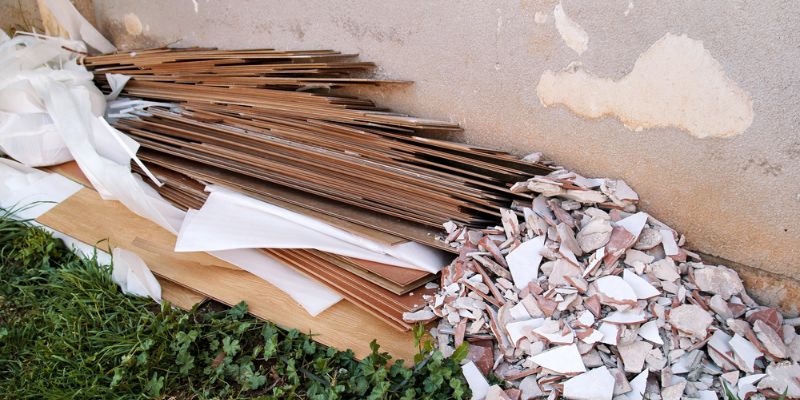
Phase 1: Rough Clean to Remove Heavy Debris
The first wave of service focuses on removing what the build team leaves behind: scrap wood, caulk tubes, and drywall remnants. Crews stage debris at predetermined roll-off dumpsters, separating metal conduit for recycling and ensuring hazardous materials such as empty paint cans follow EPA disposal codes.
Efficient debagging speeds turnover and reduces landfill costs while keeping traffic lanes clear for delivery trucks still finishing millwork or furniture.
Industrial backpack vacuums with high-capacity filters whisk sawdust from concrete floors, preventing swirl clouds that resettle. Wide-area magnetic bars glide across slabs to capture errant screws that could puncture forklift tires. When the last plank is stacked neatly against the dock wall, the site becomes a usable building, not a job zone.
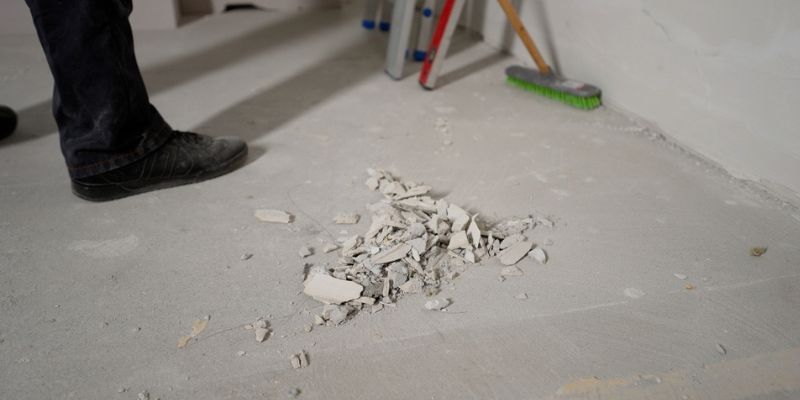
Phase 2: Detailed Interior Cleaning Checklist
With large debris gone and dust reduced, it is time for precision work that polishes every surface to hand-over quality. Technicians follow a proven top-down sequence: crown moldings, door casings, chair rails, then baseboards. Lint-free cloths lightly misted with dust-attracting agents prevent static buildup on newly installed vinyl wallcovering.
Glass and Window Track Polishing
Cleaning windows after construction is both an art and a science. A razor blade at fifteen degrees lifts residual stucco flecks without scratching low-E coatings. A two-step squeegee motion removes surfactant streaks, followed by microfiber buffing on the sill. Citrus-based adhesive removers dislodge manufacturer stickers. A distilled water rinse eliminates mineral spots, ensuring the view remains unobstructed on the grand-opening morning.
Cabinetry, Drawers, and Closet Interiors
Shop dust often hides in base cabinet toe kicks and upper shelf corners. Technicians remove protective film, vacuum corners, and finish with food-grade disinfectant so kitchenettes are ready for break-time traffic. Soft-bristle brushes clear sawdust from euro hinges, and stainless pulls receive an alcohol polish that leaves no fingerprint residue.
Restroom and Kitchen Sanitization
Bathrooms require healthcare-level attention because grout haze and construction residue can harbor bacteria. Ph-balanced cleaners dissolve grout film without etching porcelain. Foaming descaler lifts hard-water rings from fixtures still in testing. Stainless steel partitions gleam after a horizontal grain wipe that prevents swirl marks.
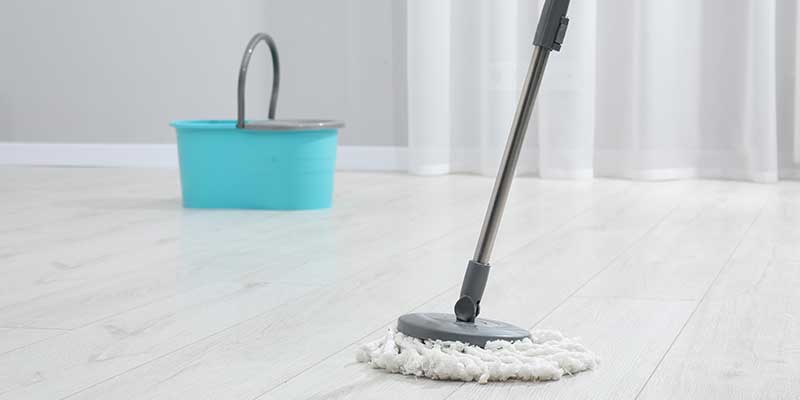
Phase 3: Floor Care Specifics
Floors bear the brunt of construction traffic; thorough treatment ensures warranties remain valid. Auto-scrubbers equipped with soft pads distribute neutral cleaner, lifting drywall dust trapped in the micro pores of LVT planks. Once dry, technicians apply manufacturer-approved sealant to guard against future scratches from tenant move-ins.
Vinyl composition tile benefits from a polyurethane topcoat rather than old-style wax, extending shine sixfold. Quarry stone receives a penetrating sealer to repel oil stains in restaurant kitchens. A pH-neutral spotting solution tackles hydraulic fluid drips left by lift equipment, followed by grooming rakes that reset pile direction for uniform appearance.
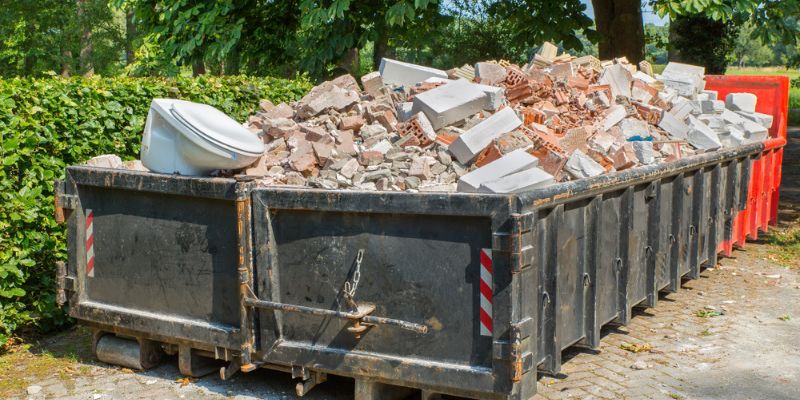
Phase 4: Exterior and Site Perimeter Cleanup
First impressions begin at the curb. Low-pressure rotary tips scour red clay splatter from sidewalks without etching broom-finished concrete. Stone veneer facades undergo gentle washing, removing mortar smears so color variations show clearly.
Late-stage touch-ups sometimes leave specks on pavement; citrus solvent pads erase these blemishes. Silt fences stay until the final washdown confirms that runoff will not clog storm drains, aligning with environmental permits.
Dumpster, Packaging, and Hazardous Material Disposal
Contract close-out requires emptying roll-offs and re-grading gravel approaches. Cardboard collapses into recycling streams; fluorescent bulb cartons meet hazardous waste protocols. Crews file manifests confirming proper disposal; this documentation protects the owner during LEED commissioning or municipal audits.
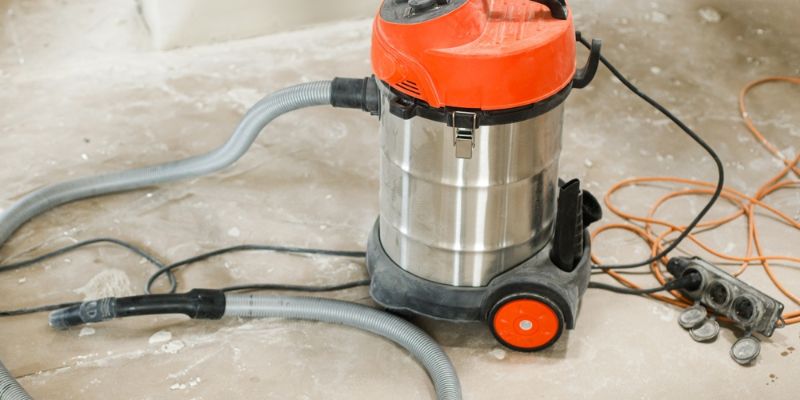
Phase 5: HVAC and Air Quality Assurance
Dust left inside ductwork will redistribute within hours of startup. Technicians remove each register, vacuum duct openings with extended wands, and replace temporary construction filters with MERV-rated operational filters.
Air Scrubbing Equipment for Fine-Particulate Capture
Portable HEPA towers run twenty-four hours post-cleaning, circulating air through charcoal layers that eliminate paint VOC odors. Particle counters validate air quality meets WELL Building standards, reassuring sensitive occupants.

Phase 6: Final Inspection and Quality Sign-Off
Transparency underpins successful handoffs. Crew leaders accompany project superintendents, wiping smudges on contact, tightening loose switch plates, and noting any pending trade touch-ups so accountability stays clear.
A digital binder includes before-and-after images, SDS sheets for chemicals used, and a limited warranty promising free return visits if settlement dust appears within thirty days.
Deliver a Move-In Ready Space With Professional Cleaning
A professional post-construction cleaning checklist guides your project from dusty chaos to turnkey elegance. Successful turnover requires staged debris removal, meticulous surface dusting, specialized floor restoration, exterior pressure washing, and final air-quality validation.
When trained crews with proper equipment execute each task, owners receive a pristine, compliant asset ready for tenant furniture, not a worksite requiring “after cleaning” apologies.
JR Janitorial Service specializes in converting active builds into welcoming, code-ready environments. Whether you manage a boutique retail fit-out or a sprawling distribution center, our crews deliver the sparkle, sanitation, and safety your stakeholders demand.
Contact us now to secure your cleaning slot and experience seamless, stress-free project close-out backed by a satisfaction guarantee.

